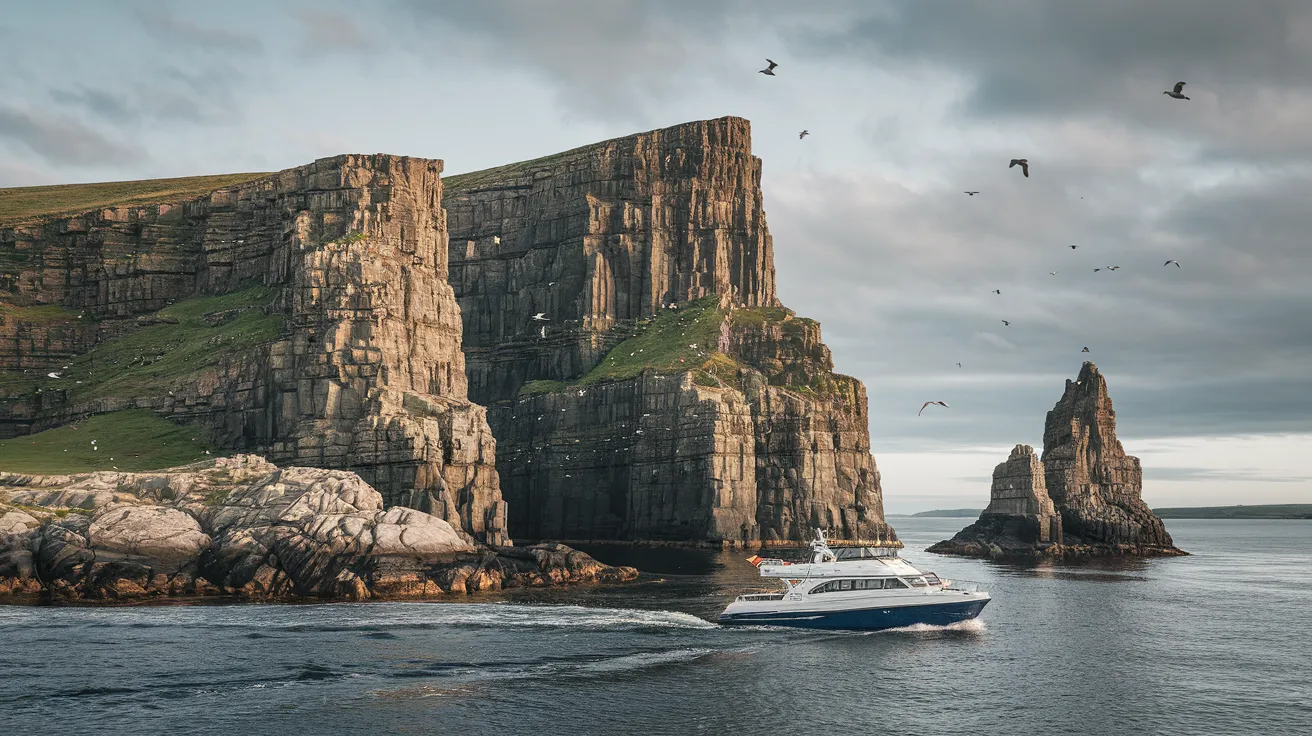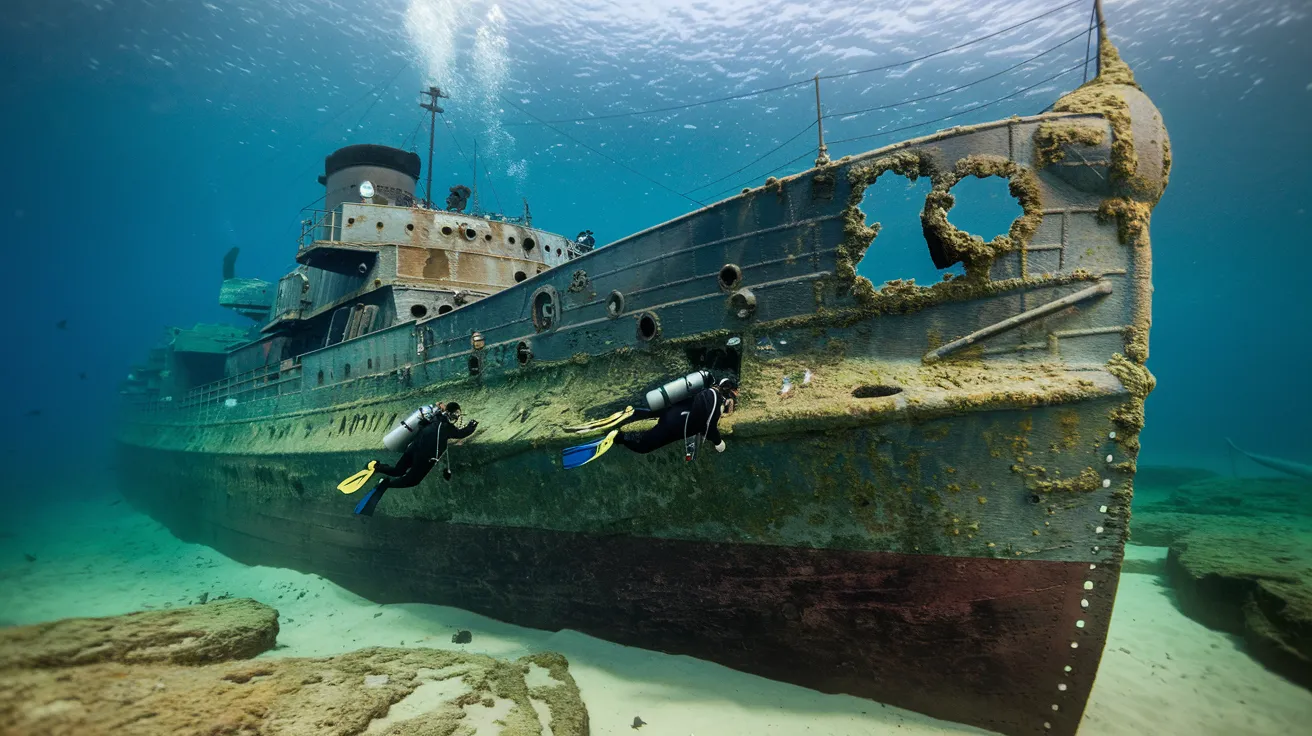Quick Navigation
- The Powerful Earldom of Orkney
- Key Viking Age Sites to Visit
- The Orkneyinga Saga: Chronicle of the Earls
- Archaeological Footprints: Graves, Runes, and Settlements
- The Enduring Norse Influence
- Frequently Asked Questions
- Was Orkney originally Viking?
- Where can I see Viking runes in Orkney?
- Is St Magnus Cathedral Viking?
- Can I visit the Brough of Birsay?
For centuries, Orkney was not a remote Scottish outpost, but a powerful hub of the Viking world. From the late 8th century until 1468, the islands formed the heart of the influential Earldom of Orkney, a Norse territory stretching across northern Scotland and the North Atlantic. This Viking Age legacy is deeply embedded in Orkney's landscape, culture, and identity, visible in stunning archaeological sites, recounted in epic sagas, and echoed in place names and local dialect. Explore the key sites and stories that illuminate Orkney's fascinating Viking past.
The Powerful Earldom of Orkney
Established by Norwegian kings (traditionally Harald Fairhair) to control Viking activity in the west, the Earldom of Orkney became a formidable power in its own right. Ruled by a succession of ambitious Norse Earls, it controlled vital sea lanes and exerted influence far beyond the islands themselves.
Key figures shaped its destiny: Earl Sigurd the Mighty expanded the Earldom aggressively into mainland Scotland in the 9th century. Earl Thorfinn the Mighty (c. 1009–1064) presided over its golden age, ruling vast territories from his base likely at Brough of Birsay and establishing Orkney as a major political and cultural centre. Later, Earl Rognvald Kali Kolsson (1136–1158), nephew of St Magnus, founded St Magnus Cathedral and embarked on a famous pilgrimage to Jerusalem, demonstrating Orkney's integration into wider European networks. The Earldom maintained complex allegiances to both Norway and Scotland until Orkney and Shetland were pledged to the Scottish Crown in 1468-69, marking the end of direct Norse rule.
Key Viking Age Sites to Visit
Orkney boasts some of the best-preserved Viking Age sites in Europe:
- St Magnus Cathedral, Kirkwall: This magnificent Romanesque cathedral, known as the 'Light in the North', is arguably the finest legacy of the Norse Earls. Founded in 1137 by Earl Rognvald in honour of his martyred uncle, St Magnus, its construction spanned centuries. Built from local red and yellow sandstone, it houses the relics of St Magnus himself. A visit offers insight into the piety, power, and architectural ambition of the Earldom. (Visit Website)
- Brough of Birsay: This tidal island was a major Pictish settlement before becoming a significant Norse power centre, possibly the main residence of Earl Thorfinn. Explore the ruins of a Norse settlement, including houses, a smithy, and a 12th-century church, alongside earlier Pictish structures. Accessible via a causeway at low tide.
- Orphir Round Kirk & Earl's Bu: The ruins of a unique 12th-century circular church, modelled on the Church of the Holy Sepulchre, stand beside the foundations of the Earl's Bu, a large Norse drinking hall associated with Earl Haakon Paulsson, implicated in the martyrdom of St Magnus. The site offers a glimpse into the religious and secular lives of the Earls.
- Maeshowe Chambered Tomb: While Neolithic in origin, this incredible tomb was entered by Norsemen in the 12th century, likely seeking shelter or treasure. They left behind the largest collection of runic inscriptions outside Scandinavia – over 30 carvings including boasts, names, and intricate designs like the Maeshowe Dragon. These runes provide a direct, personal connection to the Vikings who visited centuries after the tomb was sealed.
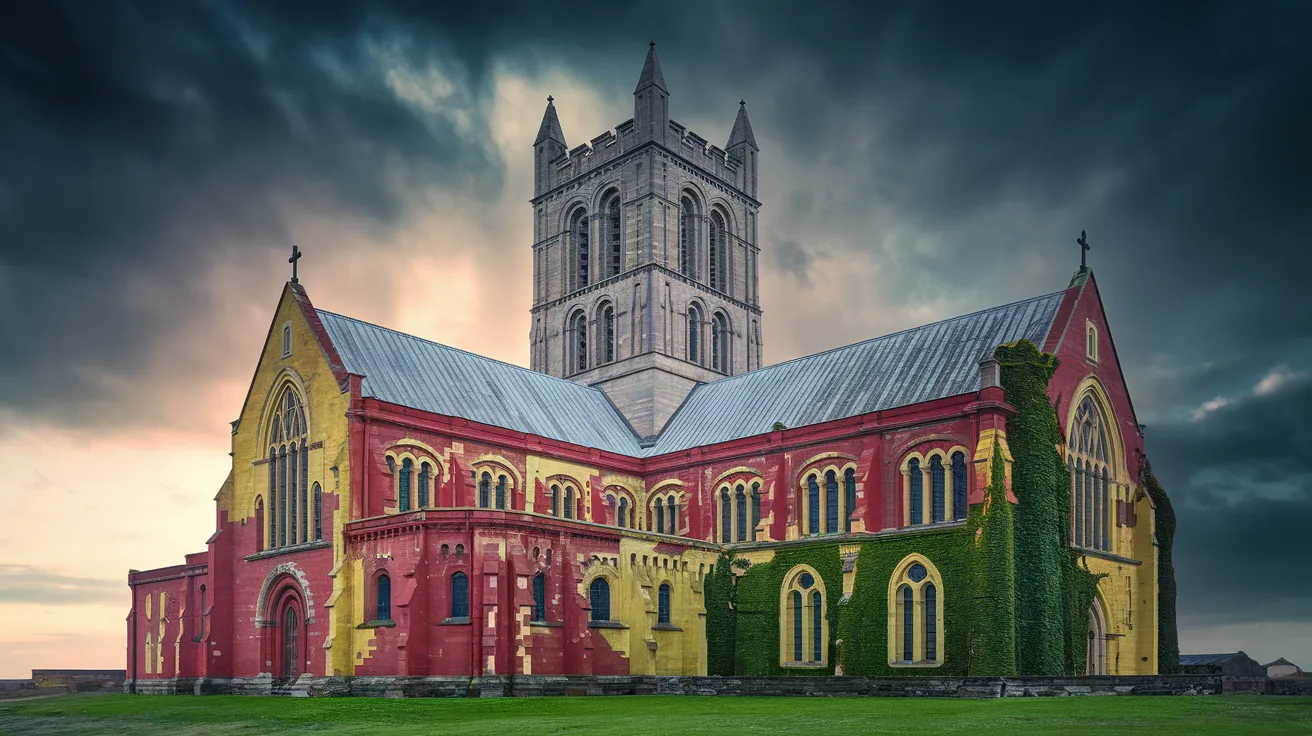
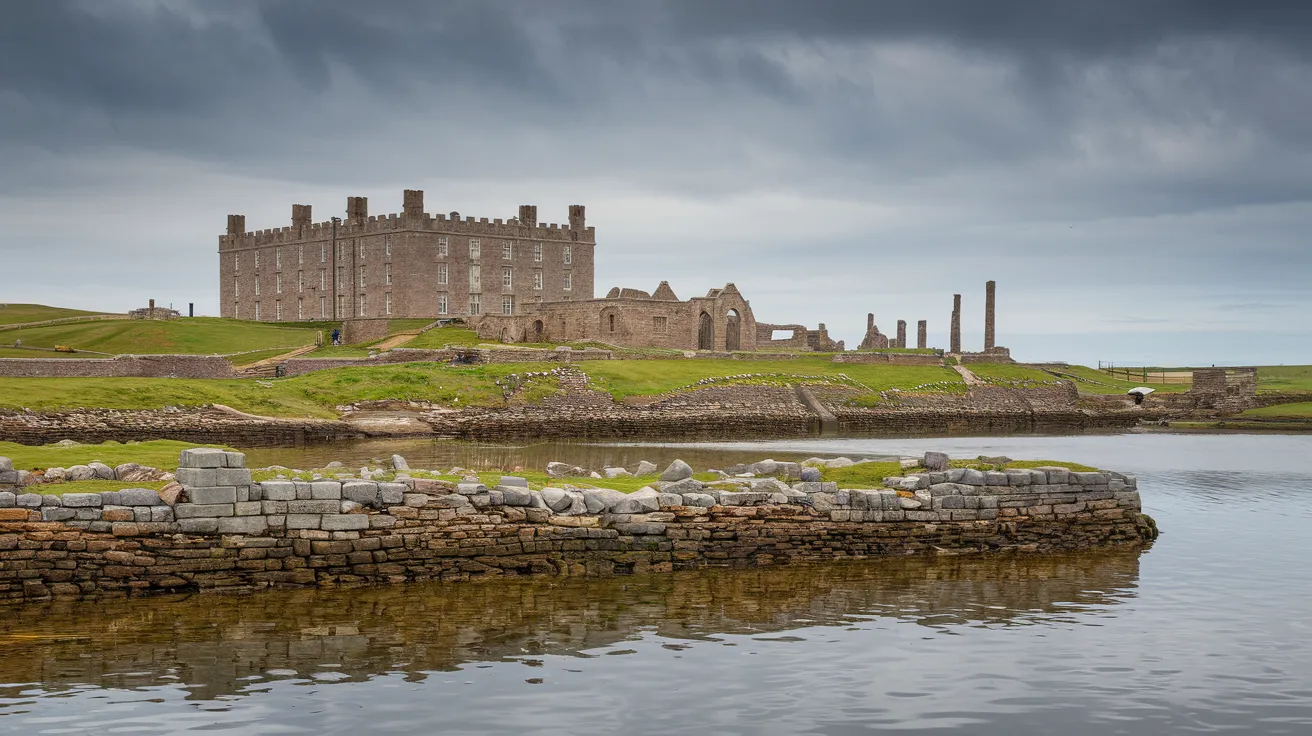
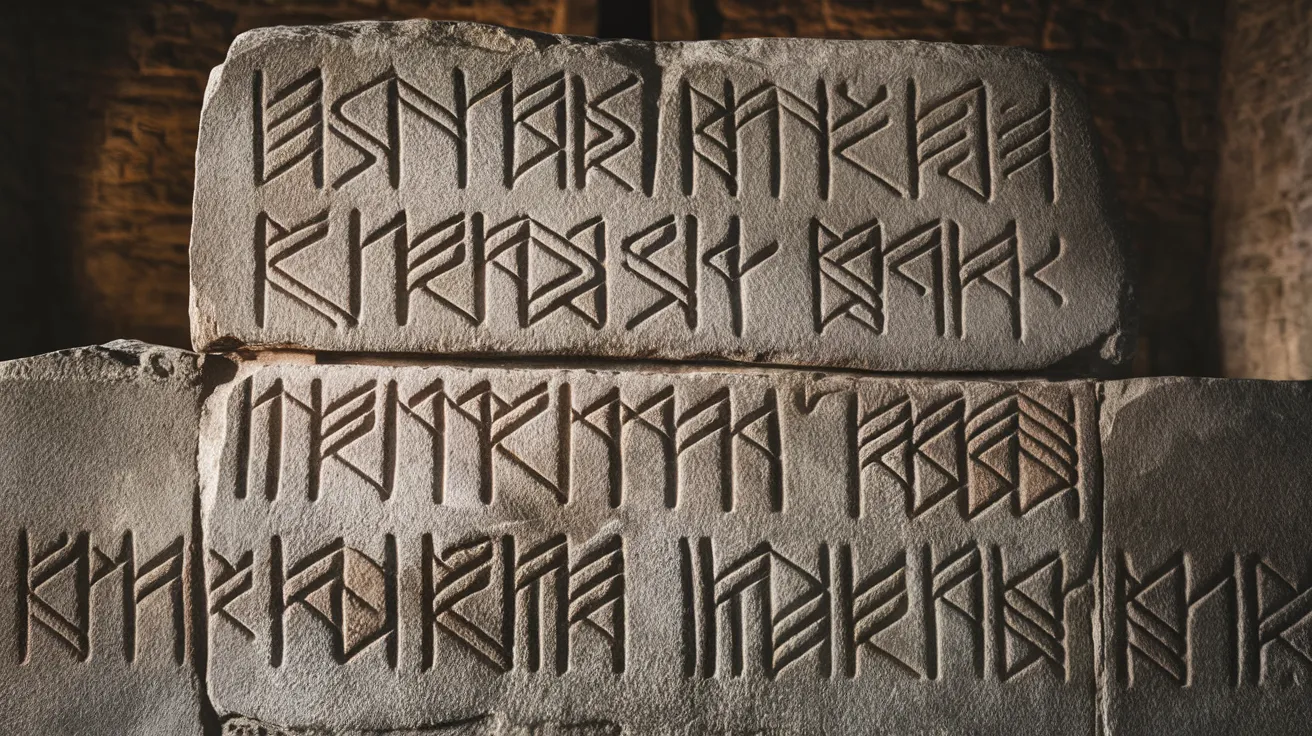
The Orkneyinga Saga: Chronicle of the Earls
Our primary source for the history of the Norse Earldom is the Orkneyinga Saga, written anonymously in Iceland around 1200 AD. This epic narrative chronicles the lives, feuds, alliances, and adventures of the Earls of Orkney from the 9th century to the late 12th century. While it blends historical accounts with legendary elements and folklore (like tales of poisoned clothing), it provides invaluable insights into:
- The complex politics and power struggles within the Earldom and its relations with Norway and Scotland.
- Key events like the martyrdom of St Magnus on Egilsay and Earl Rognvald's pilgrimage to the Holy Land.
- Norse society, customs, warfare, and seafaring prowess.
Reading excerpts from the Saga before visiting sites like St Magnus Cathedral or Birsay can bring the dramatic history of the Viking Earls vividly to life.
Archaeological Footprints: Graves, Runes, and Settlements
Beyond the major monuments, archaeological discoveries continue to illuminate Orkney's Viking past:
- Viking Burials: Numerous graves have been found, offering insights into status and belief. The Westness cemetery on Rousay yielded dozens of burials, including a high-status 9th-century woman buried in a boat with rich grave goods. The Scar boat burial on Sanday contained the remains of a man, woman, and child, along with weapons and tools, dating to the late 9th or early 10th century.
- Hogback Gravestones: These distinctive Viking Age grave markers, shaped like stylized houses with curved ridges, are found at sites like St Magnus Church on Egilsay, reflecting the fusion of Norse and Christian traditions.
- Runic Inscriptions: Found not only in Maeshowe but also occasionally on portable objects and other stones, runes provide direct linguistic evidence of the Old Norse language spoken in Orkney.
- Settlement Evidence: Sites like Brough of Birsay and Brough of Deerness show continuous occupation from Pictish into Norse times, revealing how Viking settlers adapted and integrated with existing structures and landscapes.
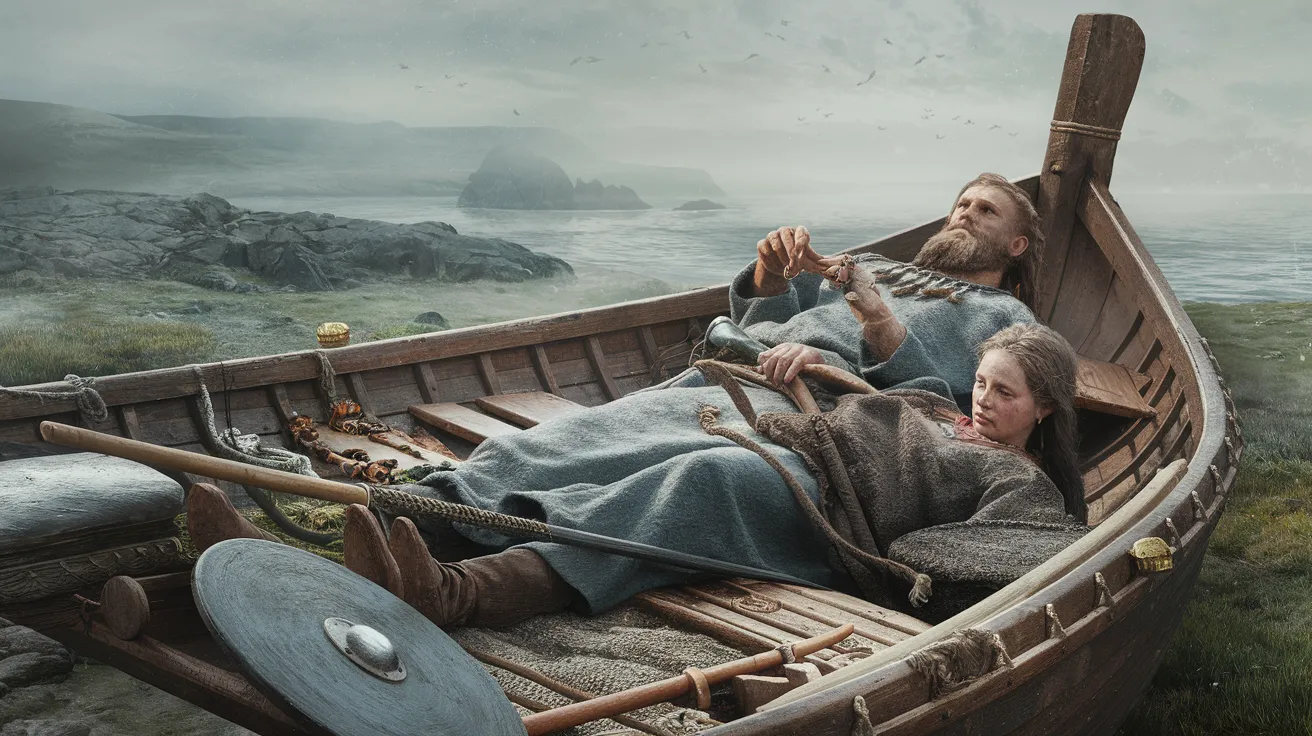
The Enduring Norse Influence
The Viking legacy remains palpable in Orkney today:
- Place Names: Almost all major place names in Orkney derive from Old Norse (e.g., Kirkwall - 'Kirkjuvágr' Church Bay; Stromness - 'Straumrnes' Headland on the Current).
- Dialect: While the Norn language died out in the 18th century, the Orcadian dialect retains many Norse words and speech patterns.
- Genetics: Studies indicate a significant percentage of Orcadian DNA (up to 60% in some areas) has Norwegian origins.
- Culture & Tradition: Events like the St Magnus Festival and pilgrimage routes like the St Magnus Way consciously celebrate this Norse heritage.
To find relevant videos, search YouTube for "Orkney Viking history" or "St Magnus Cathedral Orkney".
Frequently Asked Questions
Was Orkney originally Viking?
Orkney was inhabited for millennia before the Vikings arrived (notably by the Picts). Norse settlement began around the late 8th century, establishing the Earldom which lasted nearly 700 years.
Where can I see Viking runes in Orkney?
The most famous collection is inside the Maeshowe chambered tomb, accessible via guided tour.
Is St Magnus Cathedral Viking?
It was founded during the Norse Earldom period by Earl Rognvald in the Romanesque style, reflecting Viking patronage of Christian architecture.
Can I visit the Brough of Birsay?
Yes, but it's a tidal island accessible only via a causeway for a few hours on either side of low tide. Check tide times carefully before visiting.
Orkney's Viking heritage offers a compelling narrative of power, faith, and cultural exchange. By visiting sites like St Magnus Cathedral, Brough of Birsay, and Maeshowe, and engaging with the stories of the Orkneyinga Saga, visitors can connect directly with this formative period in the islands' history. Base yourself in Kirkwall for easy access to the Cathedral and Museum, or find Orkney accommodation near other key Norse sites.

